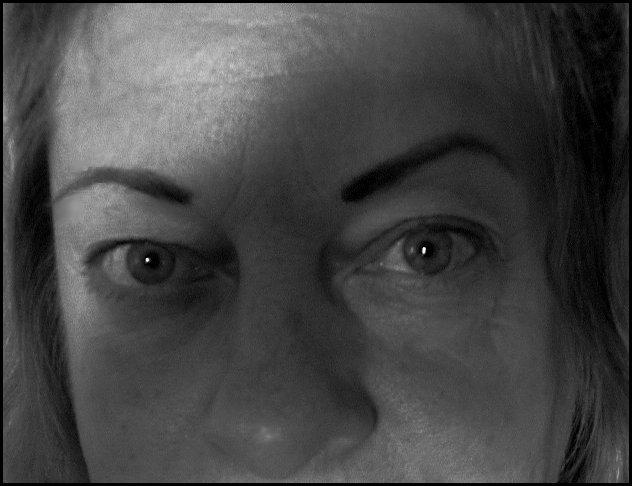November in the Kitchen
This fennel grows in the back garden with the fig tree. Swallowtail butterflies like this plant. I wanted to try some seeds or leaves of this plant in the meatloaf to get that anise flavour... but I did not really get that taste from this fennel plant. I might need to get the Florence Fennel that grows bulbs and has that flavour. It is said to grow easily from seed, and is treated as an annual. This will have to go on my wish list for plants next year.
I made some scrumptious cornmeal muffins. So good hot out of the oven with too much butter, of course. And then I had to find a recipe for cornmeal bread or muffins with fennel. . . and found one for cornmeal muffins with bacon and fennel seeds. I can't wait to try this one too. Both of these recipes use buttermilk. There goes my weight loss program. But it is using 'less' wheat!
I managed to finally finish my June album for the gardening page, of my old web site. It has 16 pages with 10 photos per page. I seem to be getting more and more albums to do, that I do not seem to have time to get done. Especially on the travel page.
A couple of days ago I found another garden center using one of my rose photos on their website.
I complained on my FaceBook page, and on their facebook page. I sent them a contact form from on their website, emailing them to forward $250 to my PayPal account. They deleted the photo from their website, and deleted my comments off of their FaceBook page. And what a co-incidence! The same day they deleted the photo off their website, I received a PHISHING email regarding my PayPal account. This garden center is in England, Rhinegold Garden Center. They were using my photo of a rose that was grown in Canada to advertise their roses. Not only are they thieves, but liars too. I guess I shouldn't expect any compensation for the use of my photo... the one they stole off of this blog, from people with such shoddy businesses practices.
I made some scrumptious cornmeal muffins. So good hot out of the oven with too much butter, of course. And then I had to find a recipe for cornmeal bread or muffins with fennel. . . and found one for cornmeal muffins with bacon and fennel seeds. I can't wait to try this one too. Both of these recipes use buttermilk. There goes my weight loss program. But it is using 'less' wheat!
I managed to finally finish my June album for the gardening page, of my old web site. It has 16 pages with 10 photos per page. I seem to be getting more and more albums to do, that I do not seem to have time to get done. Especially on the travel page.
A couple of days ago I found another garden center using one of my rose photos on their website.
I complained on my FaceBook page, and on their facebook page. I sent them a contact form from on their website, emailing them to forward $250 to my PayPal account. They deleted the photo from their website, and deleted my comments off of their FaceBook page. And what a co-incidence! The same day they deleted the photo off their website, I received a PHISHING email regarding my PayPal account. This garden center is in England, Rhinegold Garden Center. They were using my photo of a rose that was grown in Canada to advertise their roses. Not only are they thieves, but liars too. I guess I shouldn't expect any compensation for the use of my photo... the one they stole off of this blog, from people with such shoddy businesses practices.















